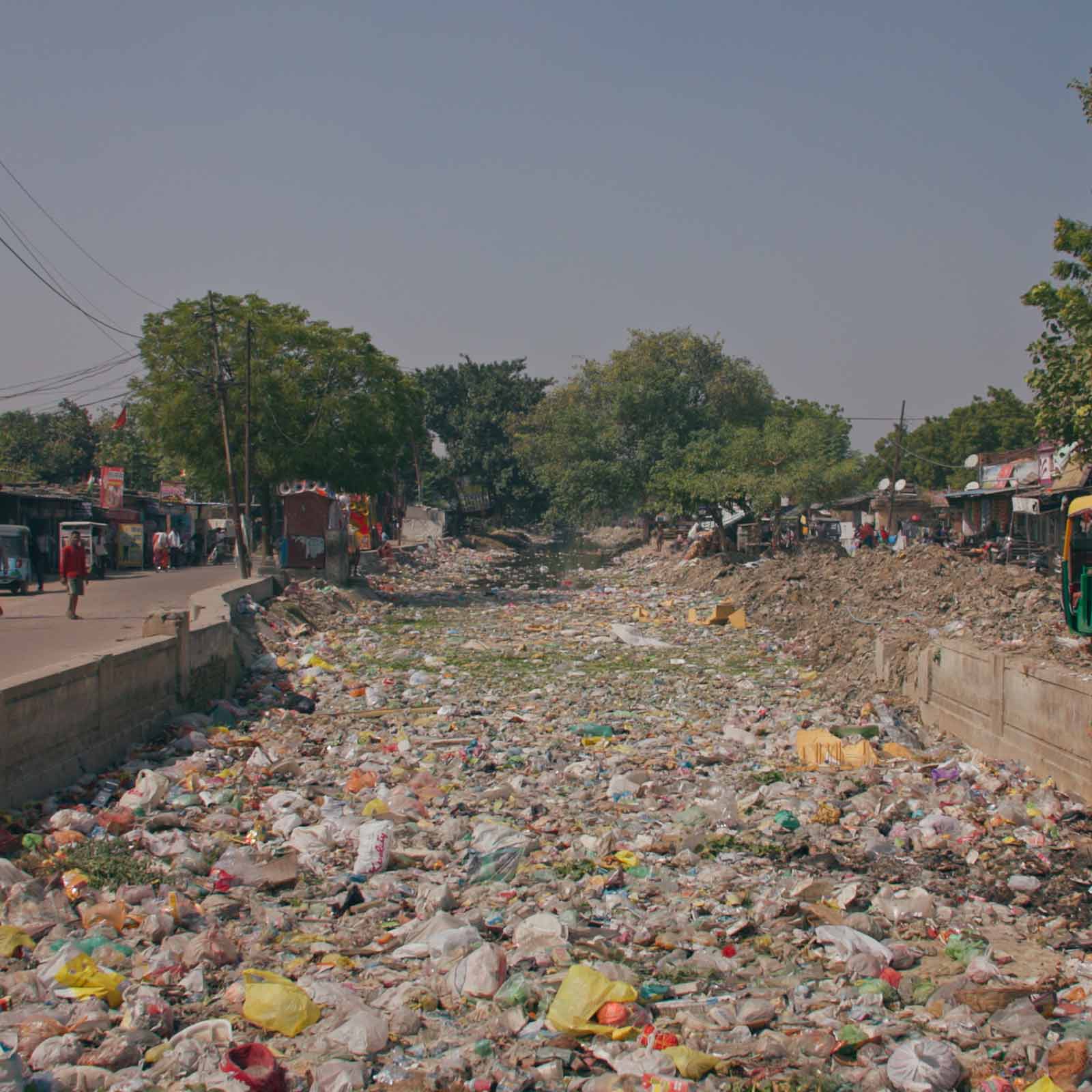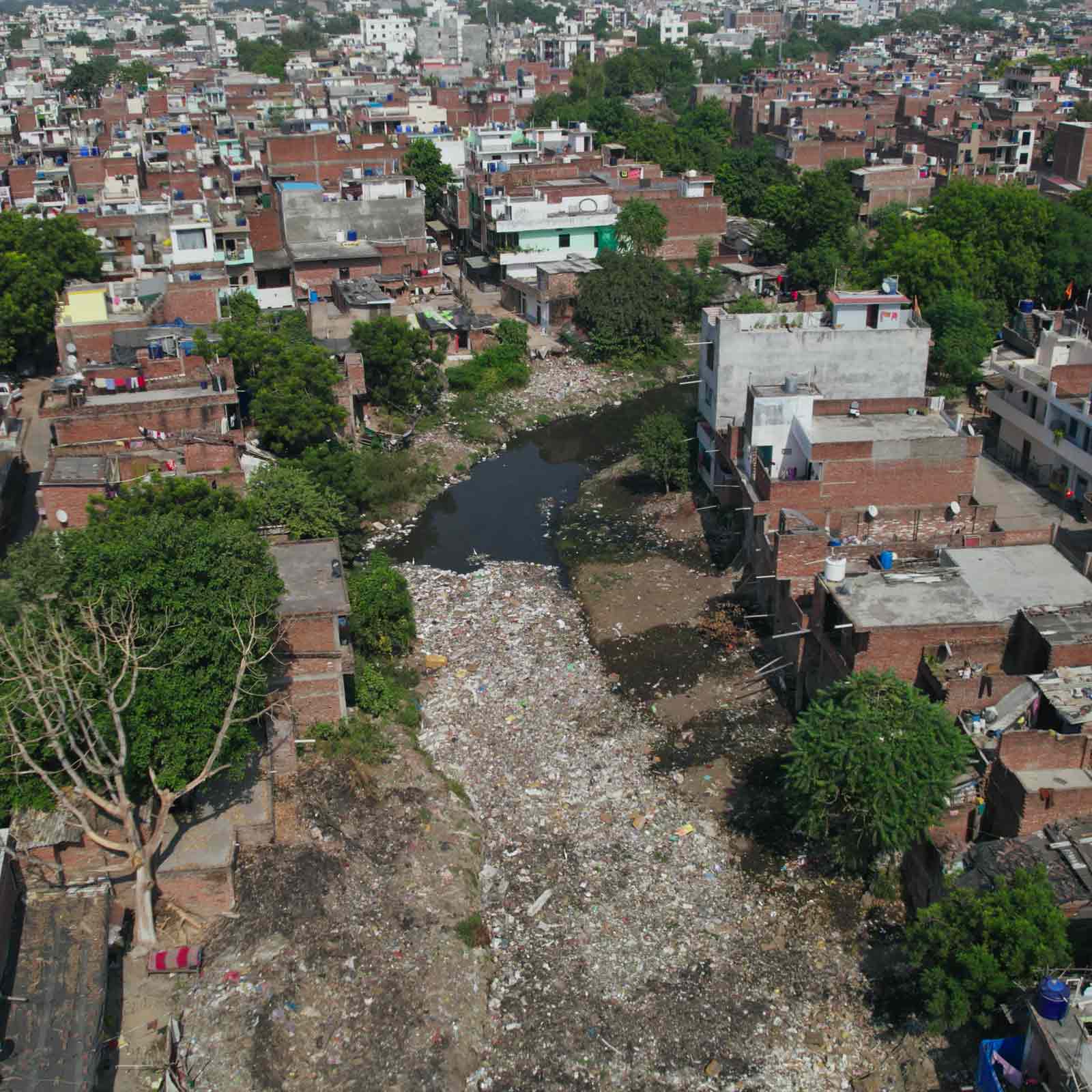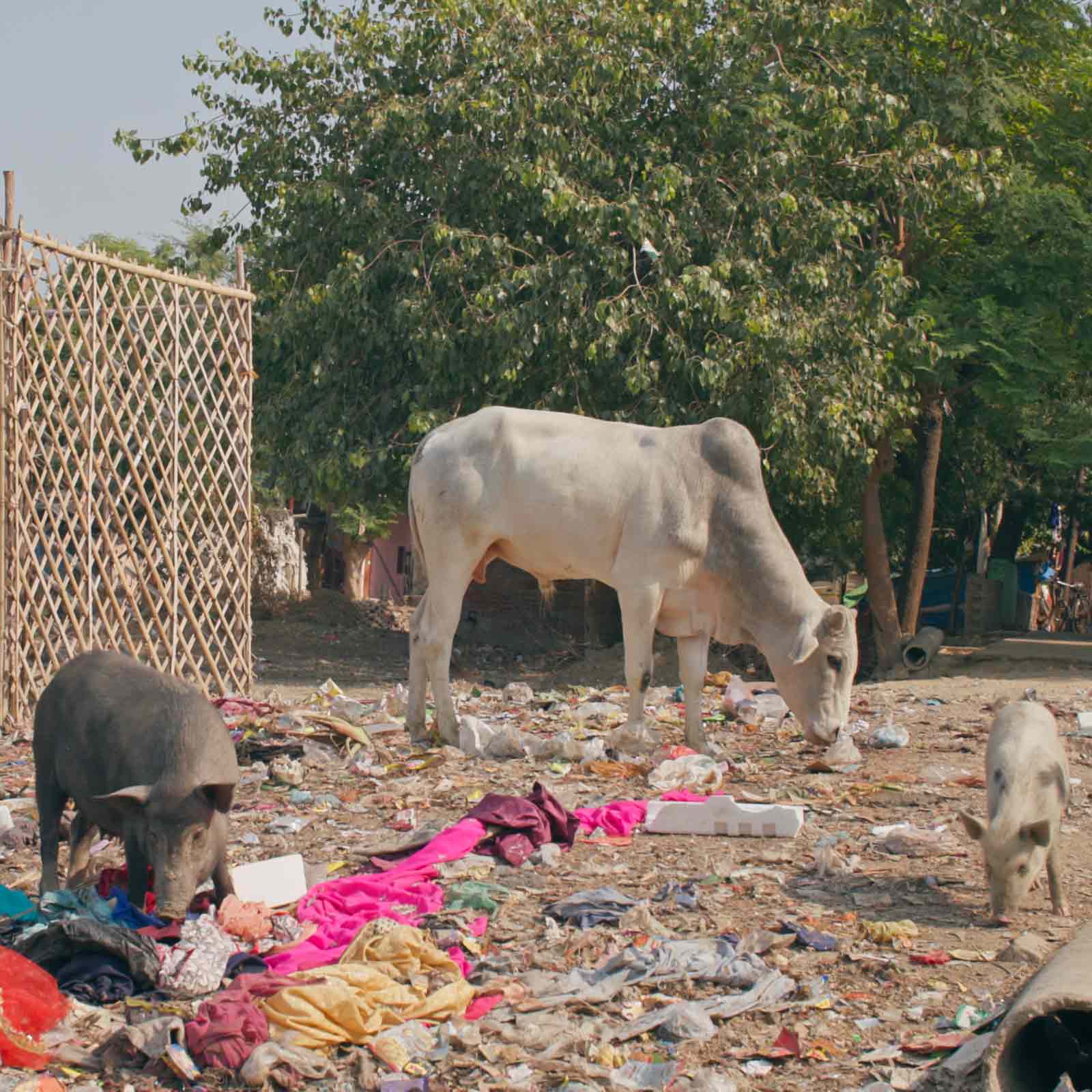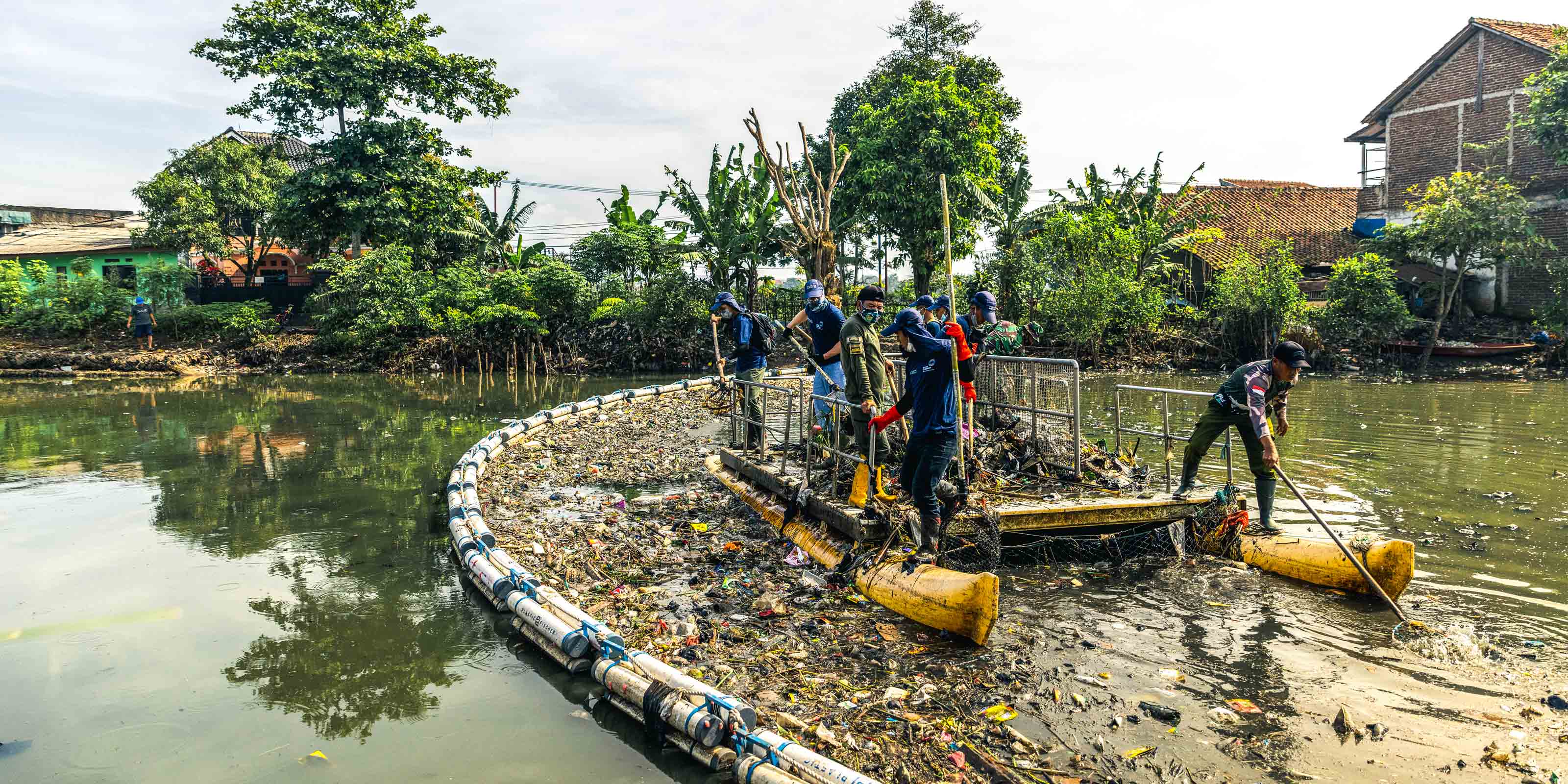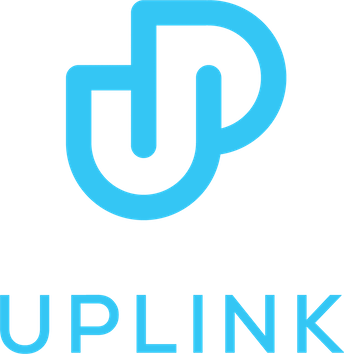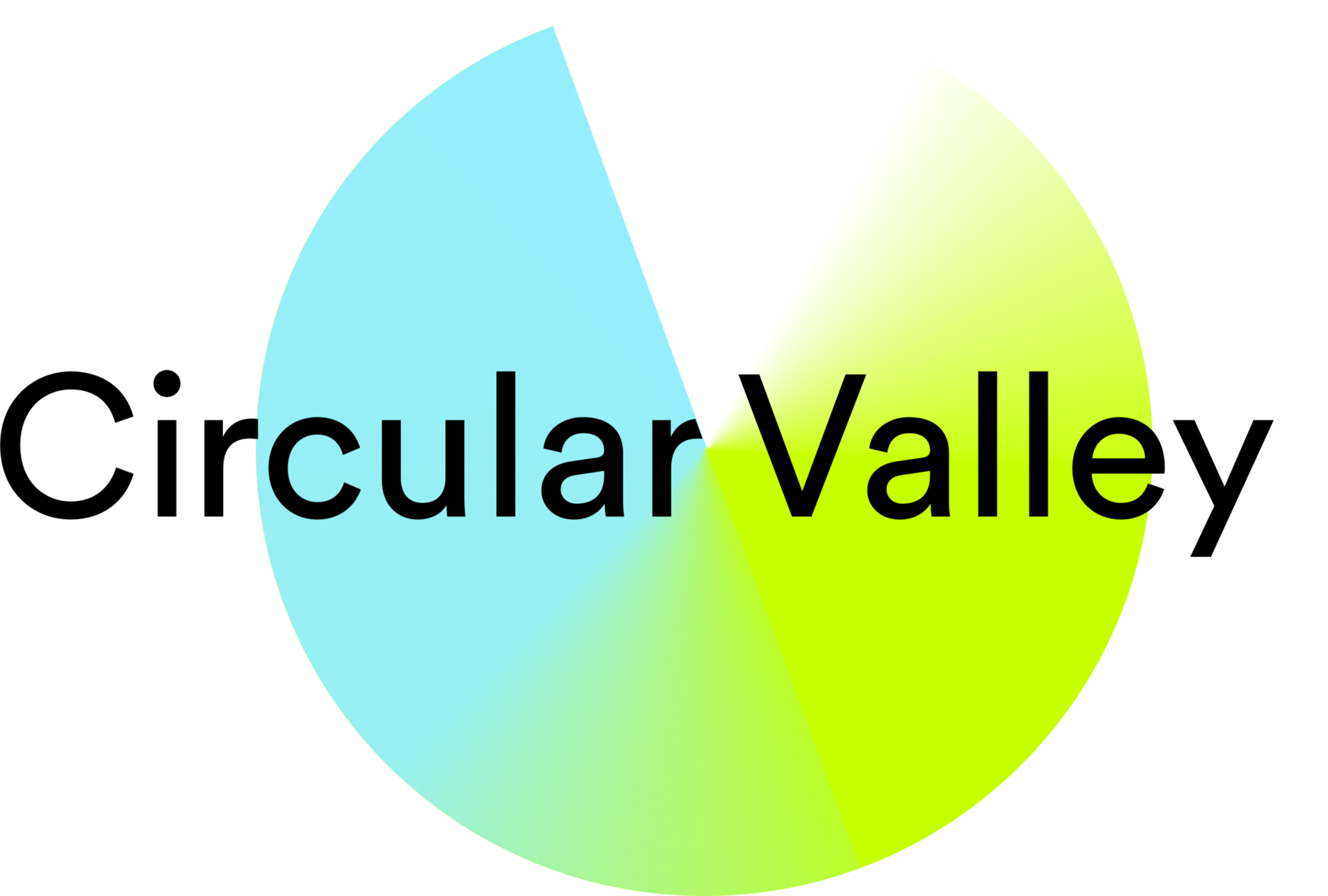Which sectors are particularly susceptible to greenwashing?
Greenwashing is a problem in many industries - especially where sustainability is an important purchasing or investment factor. Companies often use vague terms (‘carbon neutral’, ‘environmentally friendly’) to portray themselves as greener than they actually are. Here are the industries that are particularly susceptible to greenwashing and why.
1. Fashion & textile industry - ‘Fast fashion in green’
Why susceptible?
- High consumption of resources (water, energy, chemicals).
- Many brands advertise with ‘sustainable collections’, while the majority of their production remains problematic.
- Labour conditions in the supply chain often remain opaque.
Typical greenwashing strategies:
- Sustainable collections’ with only a few environmentally friendly products.
- Recycling promises (‘Made from recycled plastic’) without disclosing the percentage.
- Own ‘green’ labels without external certification
2. Food & beverage industry - ‘Natural’ is not always sustainable
Why susceptible?
- A lot of packaging suggests closeness to nature (green leaves, animals) without any real sustainability.
- Labels such as ‘regional’ or ‘natural’ are often not clearly defined.
- Organic labels are sometimes misused without comprehensive ecological responsibility.
Typical greenwashing strategies:
- ‘Climate-neutral products’ through CO₂ compensation, without any actual reduction in emissions.
- ‘Palm oil-free’ as a sales argument, although other environmentally critical ingredients are included.
- Packaging made from ‘bioplastics’, which is often difficult to break down.
3. Automotive industry - ‘Green mobility’ with contradictions
Why susceptible?
- High resource consumption and CO₂ emissions during production (especially of electric cars).
- Promotion of ‘climate-friendly’ models, while the rest of the fleet continues to use fossil fuels
Typical greenwashing strategies:
- CO₂ compensation when buying a car without reducing the actual emissions.
- ‘Sustainable materials’ in the interior, although production remains resource-intensive overall.
- Emission values glossed over under laboratory conditions.
Other areas that are particularly susceptible to greenwashing:
Energy industry: ‘Green electricity’ with fossil roots
Cosmetics & care products: ‘Clean beauty’ without clear standards
Aviation & tourism industry: ‘Green travel’ with a high carbon footprint
Did you know?
RIVERSPLASTIC BECOMES OCEANSPLASTIC
80% of ocean plastic comes from rivers
Before plastic spreads uncontrollably in the oceans and turns into microplastics, it can often be effectively stopped in rivers. Plastic pollution is destroying marine ecosystems and contributing to the loss of biodiversity. If nothing changes, we will have more plastic than fish in the oceans by 2050.
CLEAN UP RIVERS NOW!
1€ = 1 KG LESS RIVER PLASTIC IN THE OCEANS
UND SICHERE ARBEITSPLÄTZE FÜR DIE LOKALEN MENSCHEN.
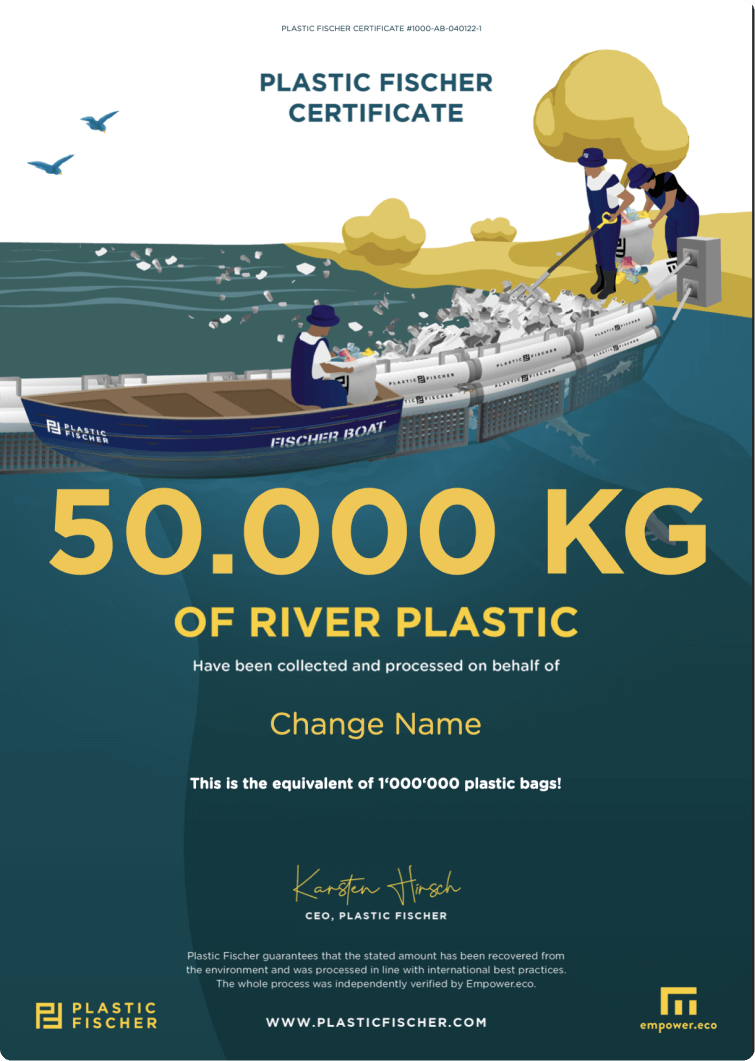
PRIVATPERSONS
Join in and fish river plastic with us! You will receive an individualised certificate as a guarantee that this amount of plastic will no longer end up in the oceans and will be processed in the best possible way. To do this, we create fairly paid jobs locally - a modern and sustainable gift for yourself or others that does not cause pollution, but eliminates it.
FISH WITH US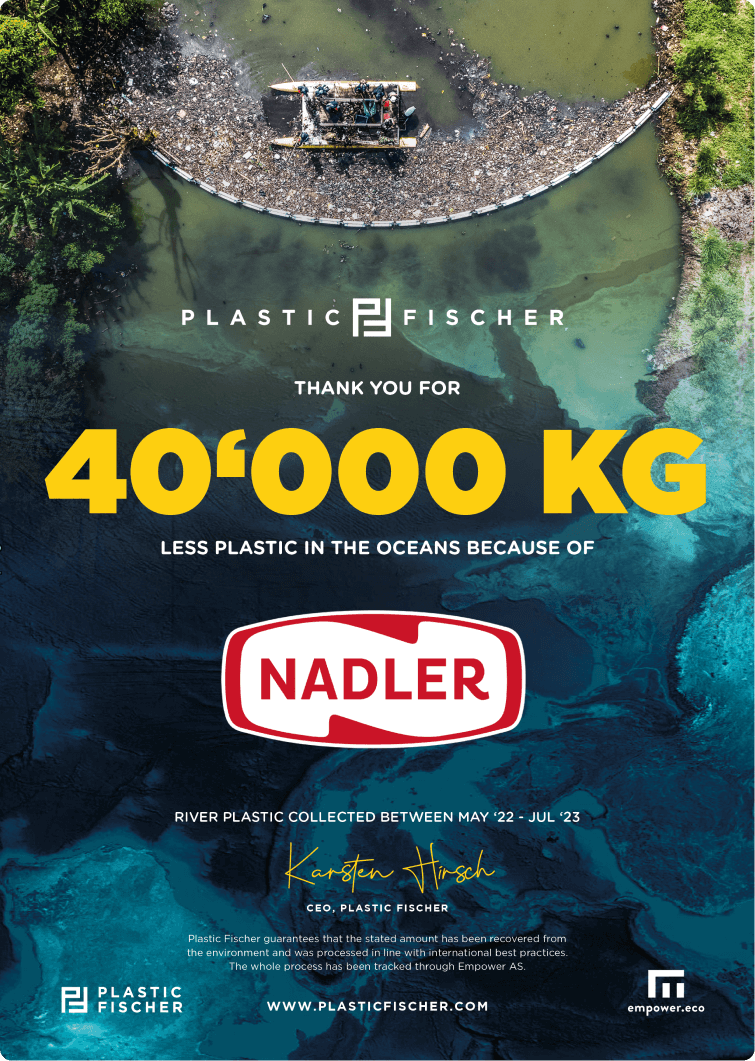
ORGANISATIONS
Lead on sustainability and support honest and transparent impact - no greenwashing. We regularly send impact reports that can be used to feed ESG and sustainability reports. Use our pictures and videos to talk about our collaboration, stand out from the crowd, fight plastic pollution with us and create jobs in emerging markets.
LEARN MORETHE PROBLEM
